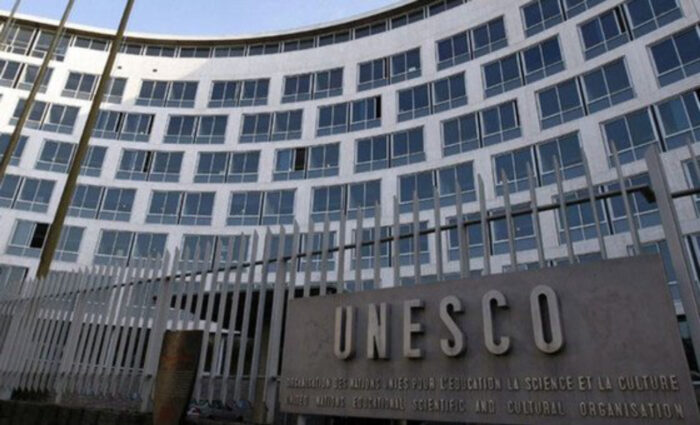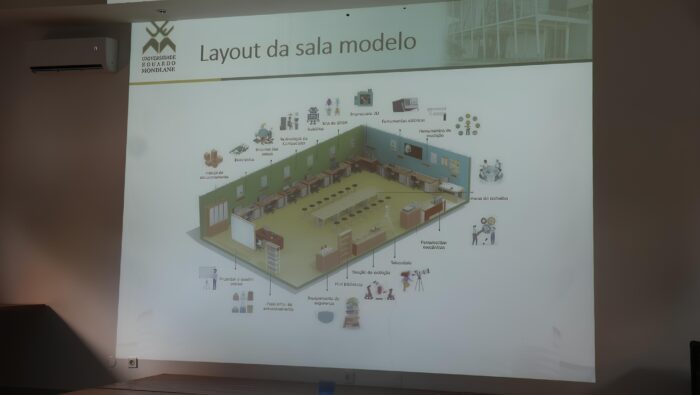
Cultivated meat resembles the meat we already consume, but it is produced in cultivators (similar to the fermenters used for brewing beer) instead of being sourced from animal farming.
Cells are collected from animals that typically produce meat and are used to grow the meat outside the animal. The animal does not directly enter the process.
According to a study, cultivated meat can generate up to 92 percent fewer greenhouse gas emissions and up to 94 percent less air pollution, and it can use up to 66 percent less water than conventional meat. Requiring up to 90 percent less land, cultivated meat could complement sustainable agriculture, making room for more nature-friendly approaches and increasing food security by reducing reliance on crops grown abroad to feed animals.
This meat can also be produced without antibiotics, helping to reduce the risk of antimicrobial resistance.
The company Gourmey has become the first to submit an authorization request to European Union (EU) regulators to sell cultivated meat, according to a statement sent to ZAP. The French company intends to start selling its "foie gras" in EU countries, in addition to the applications it has made in Singapore, Switzerland, the United Kingdom, and the United States.
The process will still take some time—at least half a year. It will include a thorough and evidence-based assessment of the safety and nutritional value of cultivated meat. If regulators approve, sales could take place in the 27 countries of the European Union.
(Source: zap.aeiou.pt)







